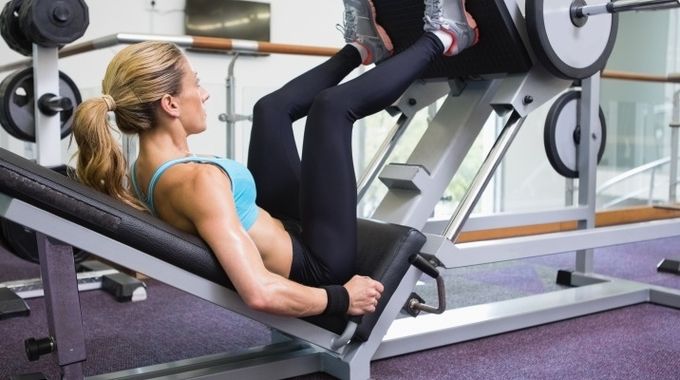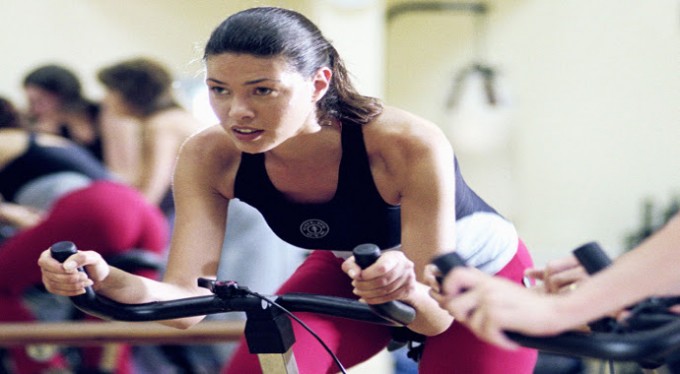Cyclists have a tendency to focus on the hard work. We’ll plan our workouts, train hard and eat right, but we often overlook a vital component: recovery.
As a cyclist, you know it’s essential to work the vital power muscle groups to improve your performance on the bike.

It can take a while to find the right training plan for you, your lifestyle and ability. You might also complement your riding with strength training – whether it’s yoga, pilates or muscle conditioning. All of that is good and will take you closer to your goals, if you recover properly between sessions. Without recovery, the body can’t adapt following testing workouts – and therefore you’ll never see the benefit of all the effort you’ve put in.
Here’s some top recovery tips to ensure your efforts aren’t going to waste.














